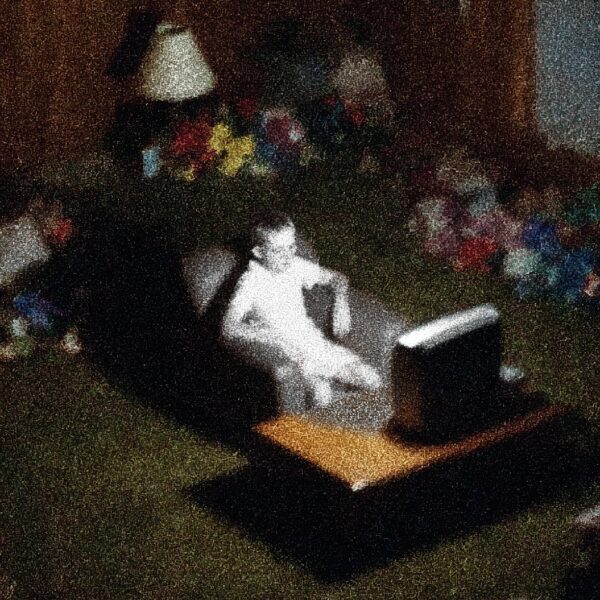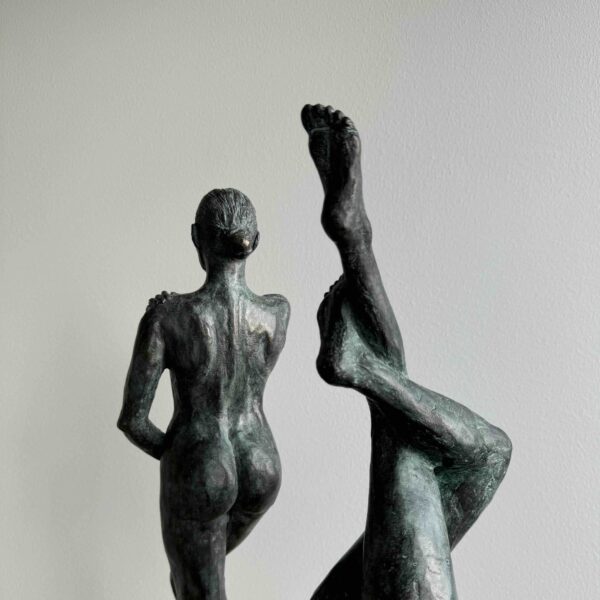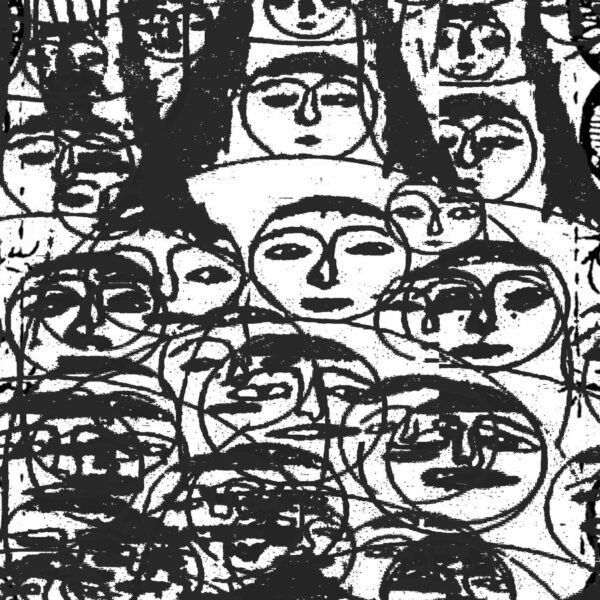Creative Synergy: In Conversation with AOTM’s Artists in Residence II
In this interview, artists Strano and SOCMPLXD share pivotal moments that have shaped their creative journeys, offering a deep dive into the themes and emotions that drive their work. From the blending of technology and nature to the fusion of Eastern and Western aesthetics, both artists explore how their backgrounds and life experiences influence their unique styles. They also reflect on the impact of the AOTM Artists in Residence Program on their artistic evolution, highlighting the value of community and mentorship in their continued growth. This interview has been edited for grammar and clarity.
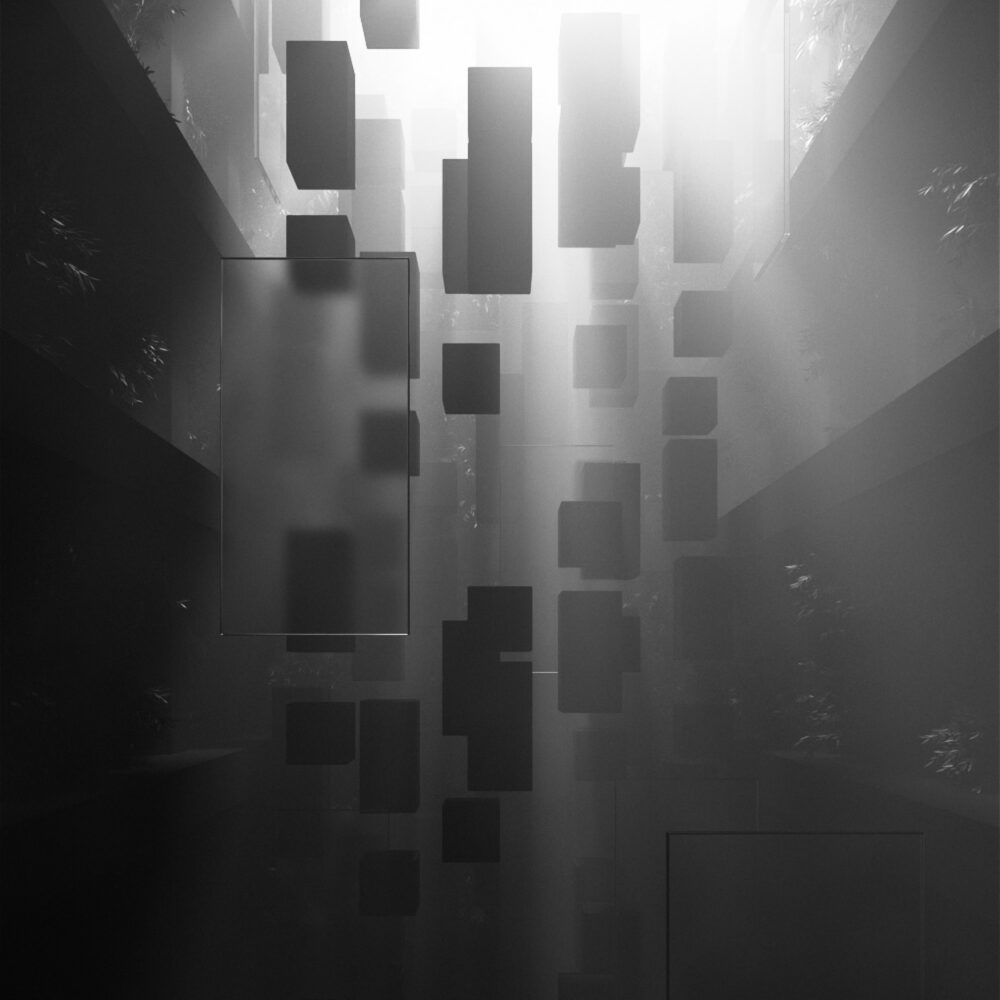
AOTM: Can you share a pivotal moment from your journey as a digital artist that has significantly shaped the ethos of your work and continues to influence your creative decisions today?
Strano: I will share two; first is when I made my derivative of Xer0x’s Royalty cc0 public domain artwork. Prior to that piece, I was focusing on abstract art and didnt know many people in the space as I doing my thing without thinking much of the community aspect of NFTs. So to me creating that piece “Voltano” was both the first time I minted a piece with a figurative aspect and the first time that I was involved in a collaborative project.
Following that and inspired by it, I decided to make my own contribution to the public domain and created “Inertia”. Since then, over 50 artists made their own reinterpretation of it. That make my both happy and proud to know ive inspired others. Here you can find them all here.
SOCMPLXD: My artistic journey began at a very young age. I vividly remember constantly drawing on anything I could find. My parents became my biggest supporters, encouraging me to pursue painting, design, and all things creative. I’ll never forget when my father, with a firm yet supportive tone, said, “If you want to study art, you must learn Photoshop.” Although I had always dreamed of being a painter, I reluctantly signed up for an introductory Photoshop class. Years later, Photoshop became my primary creative tool, essential to supporting myself as a creator. From my parents, I learned to stay open-minded, embrace adaptability, and never fear change. These qualities have been instrumental in my success, both professionally and personally.
Yosnier: I think realizing that my works have touched the hearts of so many people. Being able to feel that energy in person during my first museum exhibition (at the Orlando Museum of Art (2023)) and recently talking with friends (in the space and out) really helped cement the idea that I’m here to create works that truly mean something. I want to be heard, but I also want to be able to connect with others in a way that could potentially create light.

AOTM: In the development of your unique digital style, which elements or practices have become non-negotiable in your art-making process?
SOCMPLXD: Being true to myself is non-negotiable in my art-making process. While my commercial work demands adapting to various styles, genres, and trends to meet clients’ needs, my personal artwork is dedicated to reflecting who I truly am. This has been a challenging yet rewarding journey, especially after spending much of my career creating art for others.
Strano: I like to call myself an experimentalist so its a big challenge for me to stick to one medium or technique over time, but what ive realized is thats its the mood that counts the most. Its blend of everything i do and am that transposes into what i create, my own formula as i feel im offering a part of myself, a sum of my life experiences.
But if youre looking for a straight forward answer (lol) I’d say primarily the use Light as a medium, combined with black and white palette, a dense atmosphere and the use of primitive shapes, all blended with a feeling of melancholy.
Yosnier: I think that my creative process and maintaining that has become more essential than ever for me as it helps ground me. Normally, consuming music and film helps me conceptualize things. Before starting any piece, I always make sure to sit on the concept and on my emotions for a while, just to make sure that what I want to create visually aligns with what I’m currently feeling.
AOTM: What is the core message or emotion you aim to communicate through your digital art, and why does this matter to you deeply?
Strano: I feel that what I create carries a certain aura of holiness. The light is often associated with the hereafter or even as a symbol of God. It sometimes confuses people because, at first glance, the high contrast of the monochrome may seem dark, but the more you look, the more you sense hope. Since hope is the opposite of fear, this mixed feeling makes sense to me. I aim to put viewers in a trance with the looping animation and soothe them with the smooth lighting, so they feel that sense of transcendence and, ultimately, reflect and look within.
SOCMPLXD: At its core, my art is a reflection of my observations of everyday life. Whether it’s something I love or something I dislike, my work is an expression of how I perceive the world around me. It’s my way of capturing the nuances of daily life and translating them into a visual language that I hope others can connect with.
Yosnier: I think, lately, I’ve been focusing on tackling loneliness, the abandonment of self, and the recreation of self-love. This past year has put me through some of the most trying moments of my life (so far…) and I couldn’t help but isolate from almost every person in my life and it destroyed me.
AOTM: How have your background and life experiences woven themselves into the themes you explore in your digital artwork?
Strano: I dropped out of industrial design midway through the university program to become a freelancer and pay the bills. Years later, I realized that it hurt me in some way. No regrets, but I wish I had completed it. My final project was about designing lighting structures, and I was fascinated by the combination of the sculptural aspect mixed with the immaterial charm of light. I realize now how this has had a huge impact on what I create, for obvious reasons.
Also, I experienced a tragedy a few years ago—my father passed away in a non-natural way. So, questions like “What comes after?” “Is there another reality?” “Can those who have passed away hear us?” often play in my head.
Interesting fact: I’m a very positive person in real life, optimistic about the future most of the time. I feel that my art is a way to let the pain and sorrow out.
SOCMPLXD: Growing up and studying in both Asia and the United States has profoundly shaped my perspective, and I strive to weave these influences throughout my work. Many of my pieces are drawn from true-to-life references, capturing memories of my childhood as well as scenes from my current residence. Sometimes these influences are subtly hinted at through the items depicted, while other times they blend more overtly. Stylistically, my work is a fusion of Asian and Western art aesthetics, combining the flat, graphic qualities of anime with the composition, lighting, and form inspired by classical art.
Yosnier: My background and life experiences are the most important things when it comes to my work. All of the themes presented throughout my entire portfolio stem from those things; it’s a form of therapy for me.
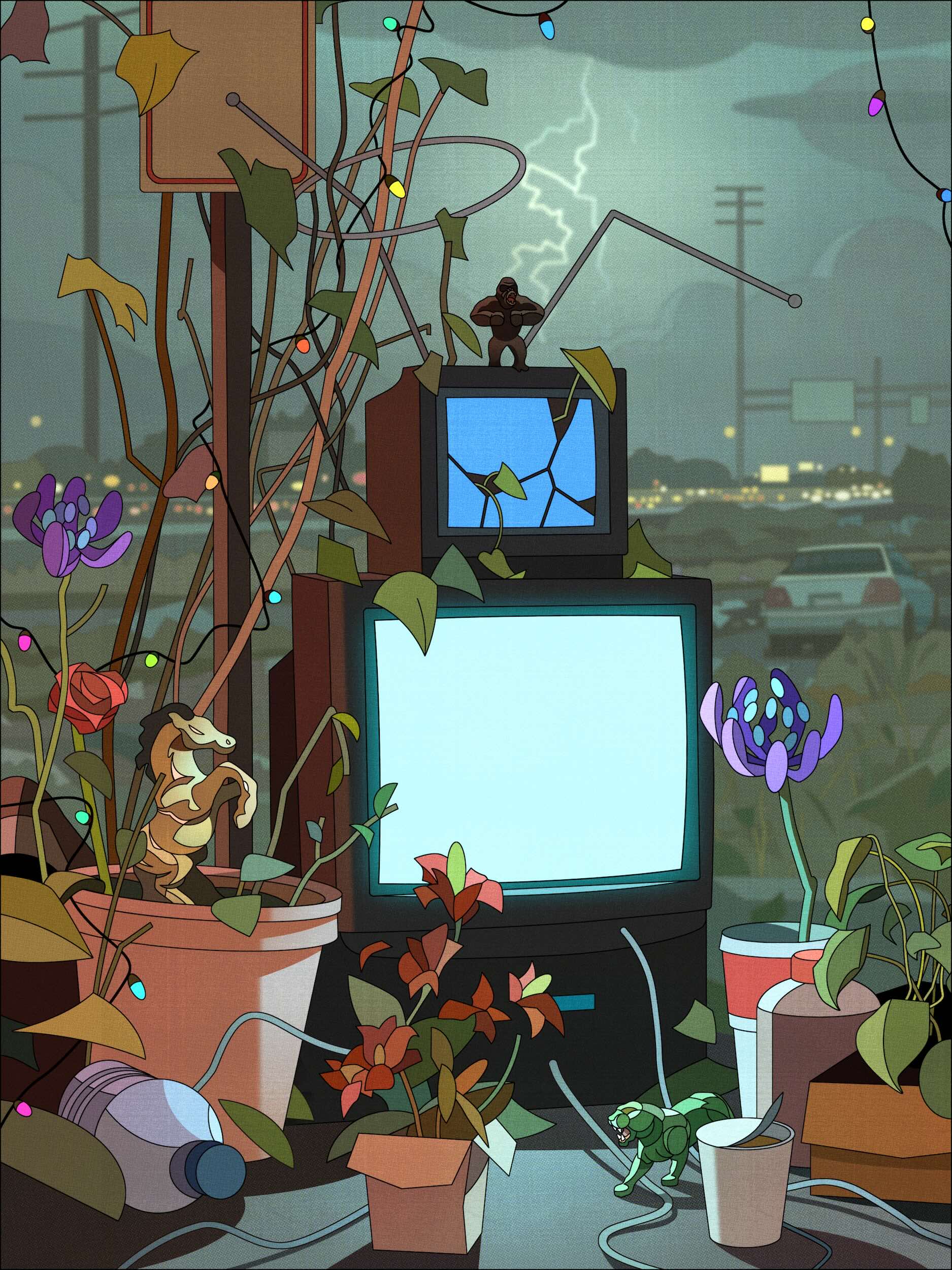
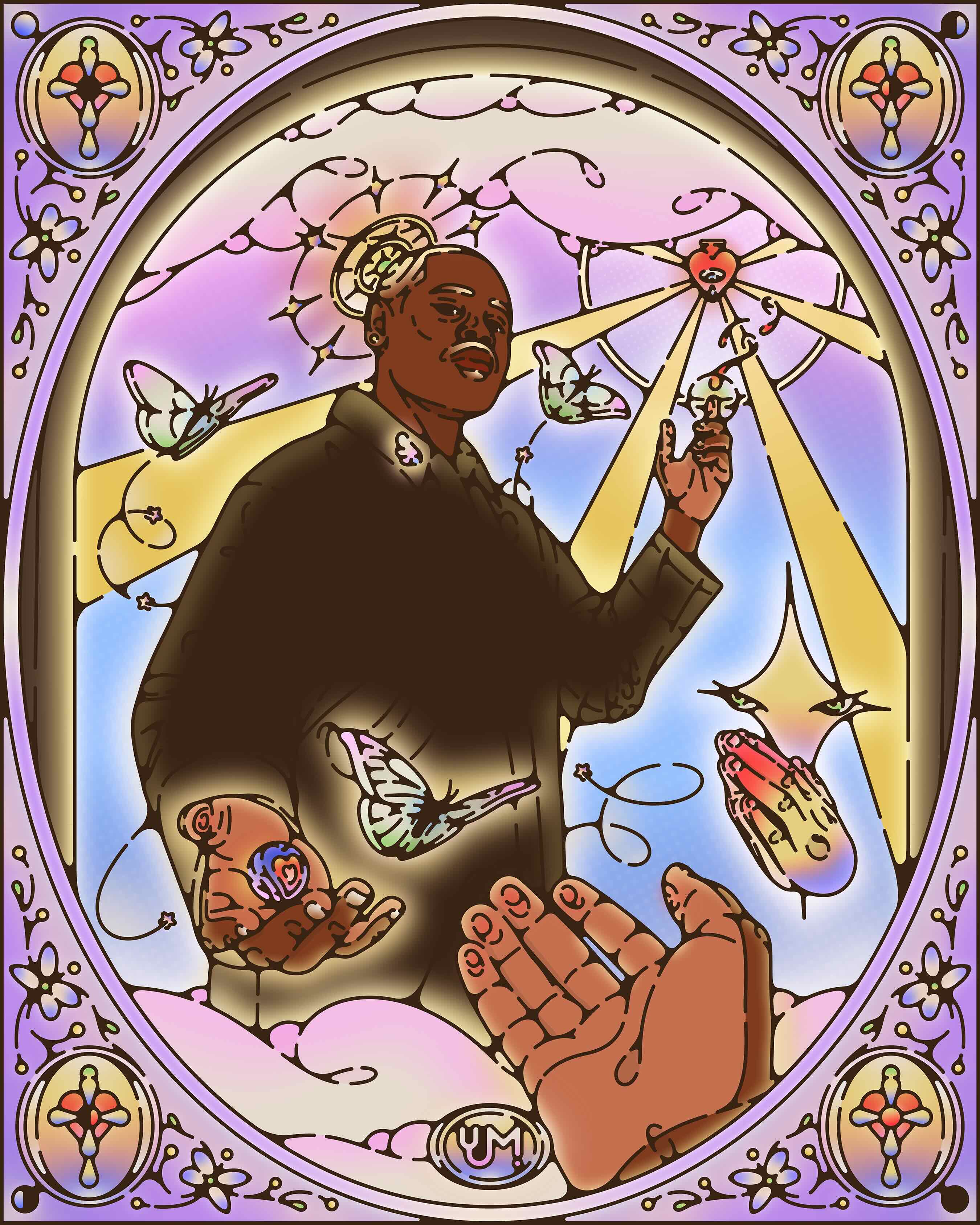
AOTM: Have any new narratives or themes emerged in your latest body of digital work created during the residency?
Strano: It wasn’t the first time I’ve used it, but the residency made me want to continue exploring the theme of the symbiosis between technology and nature. I mainly use cubes and straight angles in my art, but whenever I include organic elements, I feel it often comes out great and creates a special connection with the viewer, giving them something “real” to hold onto.
Also, as I realize how important storytelling is, I will continue to develop the world I’ve been building over the past few years. I’m not sure where it’s going, but I have a story in my head that I need to get out, letting the tale unfold as I create more and more artworks.
SOCMPLXD: While I chose to continue exploring my previous body of work, the Parallax series, the residency has been instrumental in bringing both new and old ideas to the surface with greater clarity. Through conversations during studio visits, feedback from fellow resident artists, and exercises in discussing my work, I’ve uncovered concepts that hold exciting potential for further exploration.
Yosnier: A lot of my work nowadays, and especially during these past few months [during the residency], has been centered towards the idea of finding my north star and trying my best to press forward especially in the face of uncertainty. I think things have just been so hard for a lot of us lately and I know that it’s genuinely so hard and even agonizing at times to keep your chin up amidst all of the nonsense, so I wanted to delve deeper into that creatively. The works created during this residence are, visually and thematically, both light and dark.
AOTM: Reflecting on your time in the AOTM Artists in Residence Program, how has the mentorship and creative exchange offered within the program influenced the evolution of your artistic vision in the digital realm?
SOCMPLXD: The mentorship has been invaluable in reinforcing my long-term journey as an artist and nurturing my creative need to explore and grow. I’ve always been wary of the pressures around branding, marketing, and creating consistent, recognizable work, but the residency has given me new confidence to push forward, no matter where my artistic direction might lead. The guidance and creative exchange within the program have truly empowered me with renewed energy.
Strano: It was just great—engaging with other artists and learning from them, their visions, and practices. The team at AOTM knows what they’re talking about and gave me good tips and valuable knowledge that will change how I see and interpret things. The residency encouraged me to refine my way of making art and to keep pushing beyond the visual representation to dive more into the symbolic and evocative aspects.
Ultimately, the residency deepened my commitment to creating art that resonates on both intellectual and emotional levels and to keep striving to push myself further. It also reminded me how much we are not alone in this so-called “space.” The community and the people we keep close to ourselves are more important than we often realize.
Yosnier: My time in the AOTM Artists in Residence Program has been one of the most beneficial moments of my career so far. I’ve been able to find myself in a way. A lot of this year has been really hard for me in many ways, but meeting with fellow artists and the AOTM team reinvigorated me. I feel like an artist again and I genuinely don’t think I would’ve reached this point if not for them.

